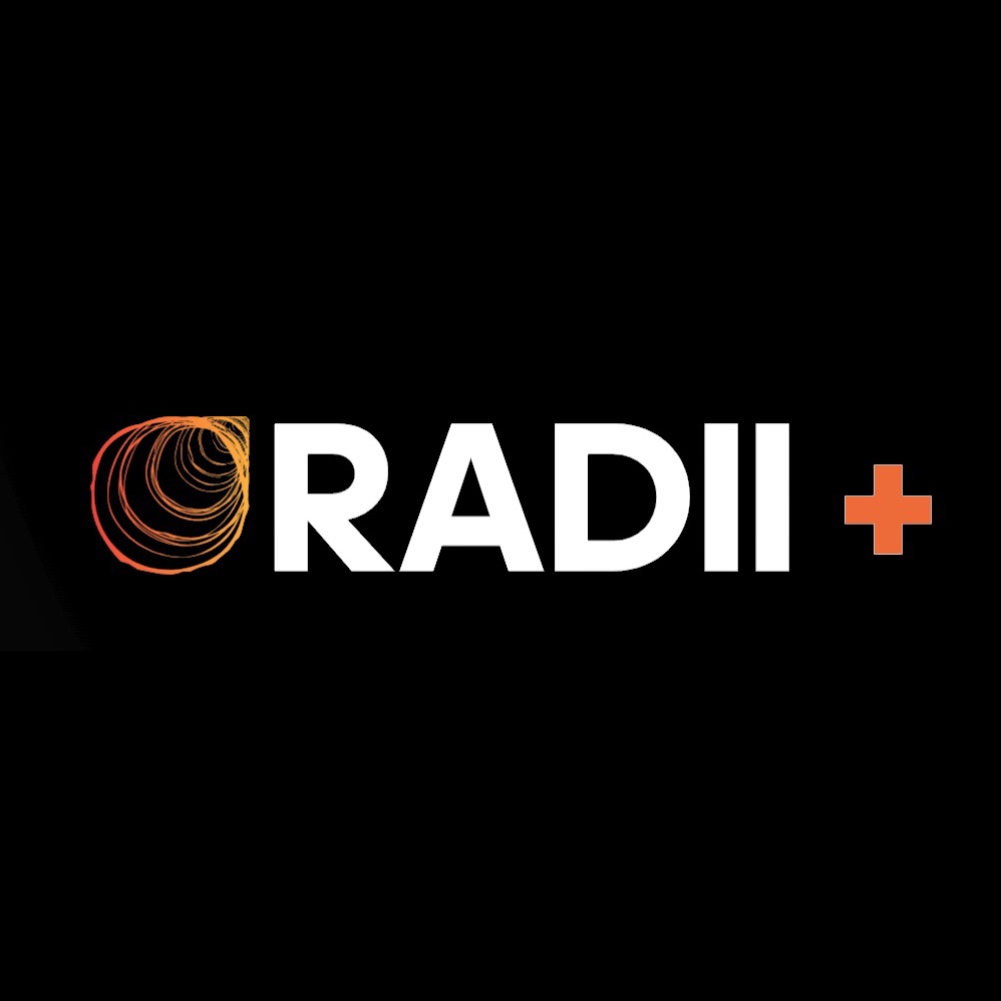Programmatic advertising is undergoing a tremendous transition. Conversational and agentic AI are here, and their impact is already being seen.
Microsoft announced the closure of its DSP in May, citing that the current DSP model does not correspond with its AI-powered ambitions.
As advertising technology moves closer to automation, businesses of all sizes across the supply chain are investing accordingly. However, ad tech is now facing another existential challenge: a widening cash flow deficit caused by long payment terms and recurring delays.
READ MORE: The Death Of The DSP? How Ad Tech’s Cash Flow Crisis Threatens The Entire Ecosystem
Cash flow is handled as back-office administration for finance and accounting. That blind spot is harming the entire industry. However, the loss of legacy DSPs in recent years is not a malfunction in the matrix; rather, it is a business model failure that has left SSPs and publishers to pick up the pieces.
The harsh reality: In any given ecosystem, a liquidity issue somewhere along the chain quickly becomes everyone’s responsibility.

The industry’s cash flow crisis has a lengthy history. Massive corporations, including Big Tech players, huge advertisers, and their agencies, provide the cash that trickle down the programmatic advertising chain. These corporations benefit from dictating terms, which frequently leave publishers and smaller ad tech providers desperate for liquidity.
DSPs are especially vulnerable to the cash-flow gap since they are key middlemen that keep the system working. While advertisers and agencies may not pay them until 90 or 120 days, DSPs frequently need to settle with SSPs within a month. Extended payment periods, however painful, are simply one aspect of a problem that is aggravated by invoices paid late, either owing to commercial calculations at the top or cash flow issues further down the line.
This liquidity problem is further undermining the entire programmatic advertising business. Built-built inequities stifle smaller players, depriving them of operating resources and the potential to invest in innovative products. The market will inevitably consolidate around cash-rich behemoths. In addition to posing a threat to DSPs, the problem also sets a time bomb under the entire programming supply chain.
READ MORE: The Trickle Of Ad Tech Mergers And Acquisitions Is Turning Into A Steady Stream
Adotat’s recent whitepaper, The Liquidity Crisis in Ad Tech, explains how the cash-flow deficit has produced “a precarious operating environment in which DSPs function more like short-term lenders than technology platforms.”
When DSPs fail, the consequences are seismic and spread both ways throughout the chain. MediaMath’s 2023 bankruptcy, for example, resulted in more than $125 million (£92.3 million) in outstanding payments to over 200 partners.
Left neglected, this type of liquidity problem would likely worsen, especially during bad economic circumstances. Why isn’t it being discussed and addressed? Creativity and finance rarely meet at the same table, and most businesses simply accept onerous payment terms as part of the cost of doing business. Meanwhile, the gap between the cash-strapped Davids and the affluent Goliaths of digital advertising continues to widen. The possibility of a large-scale meltdown increases.

Aside from restoring a system in danger of permanent failure, what does faster capital genuinely unlock? When money moves swiftly and efficiently through a supply chain, it spurs innovation, momentum, and increases purchasing power at all levels. It’s a virtuous circle that boosts the entire industry and enables savvy businesses to reap the benefits of their hard work sooner.
How do we impact change? One approach is to increase transparency around the issue. We need to be more open about what is truly killing DSPs. We need to provide a roadmap for sustaining the ecosystem through long-term financial models, liquidity solutions, and trust-based connections. Perhaps we could even put a light on habitual late payers, allowing smaller businesses to make an informed decision regarding their partners.
DSPs, publishers, affiliates, and intermediaries under attack are the industry’s lifeblood. It is up to us to determine if enough is enough or risk unwittingly triggering a crisis that might bring down our entire ecology.
Step into the ultimate entertainment experience with Radii+ ! Movies, TV series, exclusive interviews, live events, music, and more—stream anytime, anywhere. Download now on various devices including iPhone, Android, smart TVs, Apple TV, Fire Stick, and more!


